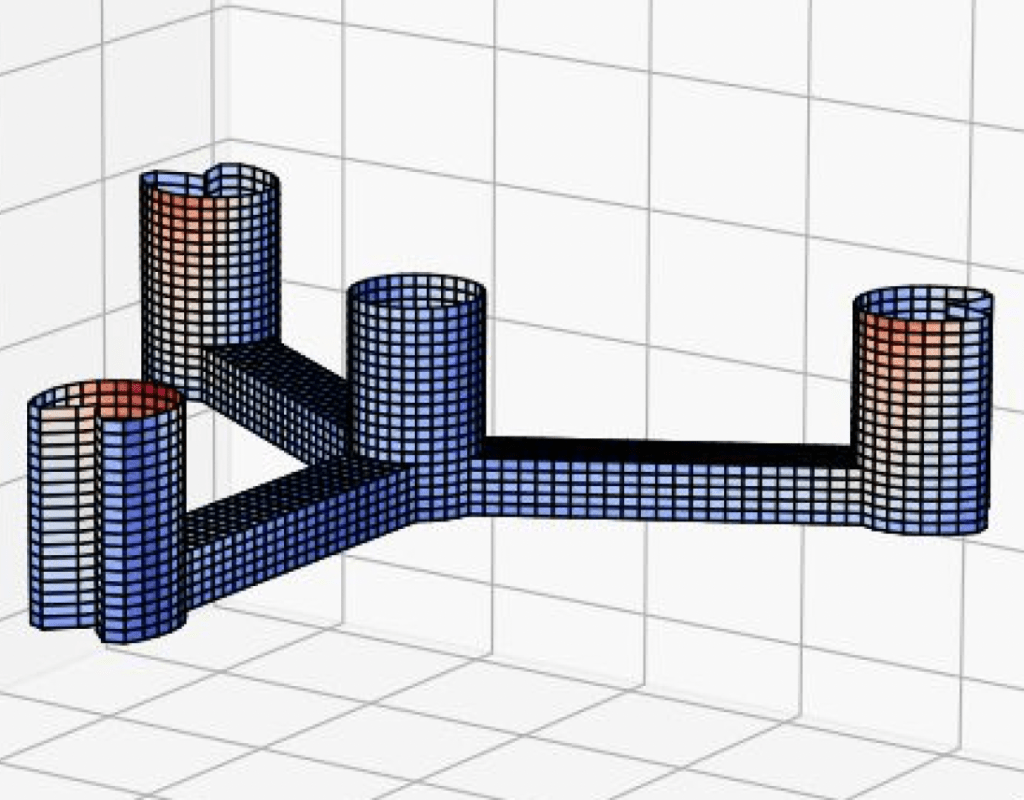Chandler Cain successfully defended his Master’s thesis. Congratulations to Chandler for your graduation!
Title
Optimal Floating Platform Design for Offshore Energy Systems
Abstract
A comprehensive study on the hydro-structural design exploration of floating platforms for offshore energy systems was performed using iterative design techniques. The study aims to develop a novel design method that optimizes the structure of the platform for stable dynamic responses to ocean waves, ensuring that the motion of the platform as well as its acceleration are reduced when compared to the simple designs currently employed, while ensuring satisfactory geometrical constraints. The study delves into the free-form design of the outer columns of the floating platform beyond conventional predefined shapes to enhance the overall performance of the system. The design utilizes a parameterization based on free-form spline interpolation for the outer shape of the hull and fixed-shaped pontoons to connect to the central structure where the energy-generating device (e.g. wind turbine) is installed. The study employs hydrostatic, hydrodynamic, and time-domain structural dynamic simulations within a monolithic multidisciplinary design optimization formulation to evaluate the overall dynamic responses of floating platforms. Overall, this study provides valuable insights into the hydro-structural design of the floating platforms for offshore energy systems. The optimal shape of the outer column suggests that the concave design enhances dynamic performance by effectively reducing the span-wise footprint of the platform. The results offer design considerations for floating platform hull developers to create robust designs that can withstand harsh metocean conditions while also providing more incentive for increased deployment of offshore energy production utilizing these platforms. Floating platforms are the most expensive method for providing a platform for offshore energy production, but the optimization of the shape shows increased stability and a further incentive to deploy this type of platform. The findings obtained from the optimization solutions suggest the need for advanced design exploration and shape optimization of the floating platform hull, including the pontoons and the central structure for optimal performance. The study also suggests employing manufacturability constraints and wave loadings in all possible directions to reflect real-world operating conditions of floating platforms.
